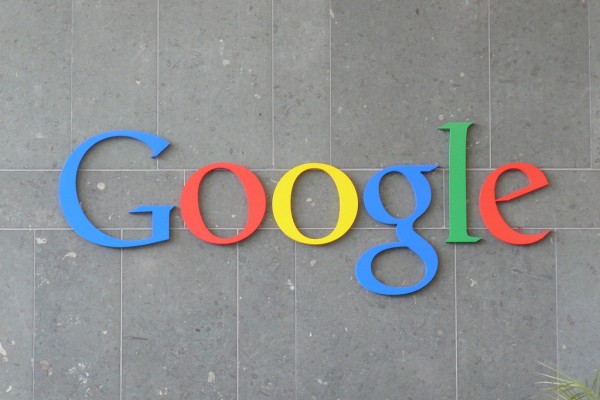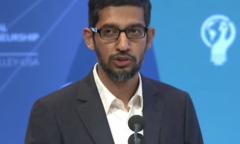By Vishal Goel, | January 30, 2017

The deal allows Twitter to offload an asset in the time when it is facing pressure to deliver growth. (Carlos Luna/CC BY 2.0)
In a blogpost titled "How we fought bad ads, sites and scammers in 2016", Google revealed that it removed around eighty million ads for "deceiving, misleading and shocking users" this year. In total, the company took down around 1.7 billion ads that violated advertising policies. To illustrate its technology's speed, Google said that spending one second to remove one ad would take fifty years.
Like Us on Facebook
The tech giant wrote, in the blogpost, that although ads play an important role in ensuring the user has access to accurate, quality information online, they can also ruin the online experience for users by promoting illegal products and unrealistic offers. "They can trick people into sharing personal information and infect devices with harmful software." Therefore, such bad ads pose a threat to users, Google's partners, and the sustainability of the open web itself.
With a strict set of policies around ads and a team of engineers, policy experts, product managers and others, Google took down more than double the amount of bad ads in the year 2016 than they took down in 2015.
Last year, Google did two key things to take down more bad ads, as mentioned in the blog.
- First, they expanded their policies to better protect users from misleading and predatory offers. For example, in July they introduced a policy to ban ads for payday loans, which often result in unaffordable payments and high default rates for users. In the six months of launching this policy, they were able to disable more than 5 million payday loan ads.
- Second, they beefed up their technology so they could spot and disable bad ads even faster. For example, "trick to click" ads often appear as system warnings to deceive users into clicking on them, not realizing these ads often download harmful software or malware. In 2016, their systems detected and disabled a total of 112 million ads for "trick to click," 6X more than in 2015.
Besides bad ads, Google also took action against the bad sites in 2016 that committed common policy violations that include:
- 47,000 sites for promoting content and products related to weight-loss scams.
- 15,000 sites for unwanted software and 900,000 ads for containing malware.
- 6,000 sites and 6,000 accounts for attempting to advertise counterfeit goods, like imitation designer watches.
-
Use of Coronavirus Pandemic Drones Raises Privacy Concerns: Drones Spread Fear, Local Officials Say

-
Coronavirus Hampers The Delivery Of Lockheed Martin F-35 Stealth Fighters For 2020

-
Instagram Speeds Up Plans to Add Account Memorialization Feature Due to COVID-19 Deaths

-
NASA: Perseverance Plans to Bring 'Mars Rock' to Earth in 2031

-
600 Dead And 3,000 In The Hospital as Iranians Believed Drinking High-Concentrations of Alcohol Can Cure The Coronavirus

-
600 Dead And 3,000 In The Hospital as Iranians Believed Drinking High-Concentrations of Alcohol Can Cure The Coronavirus

-
COVID-19: Doctors, Nurses Use Virtual Reality to Learn New Skills in Treating Coronavirus Patients











